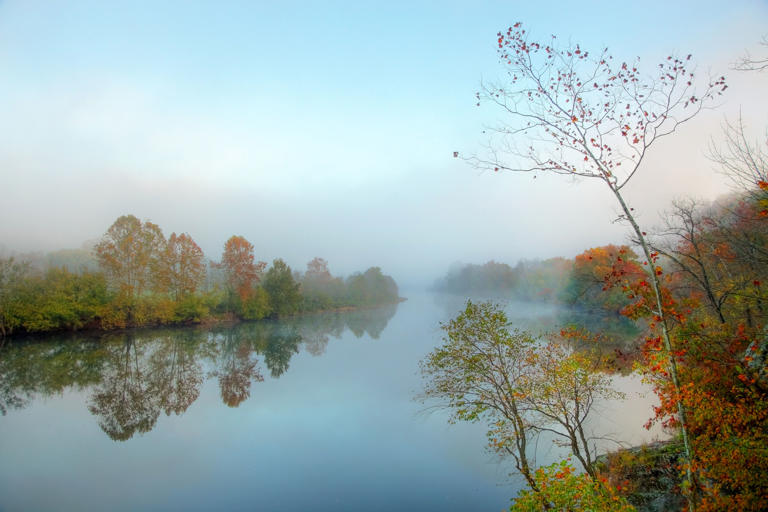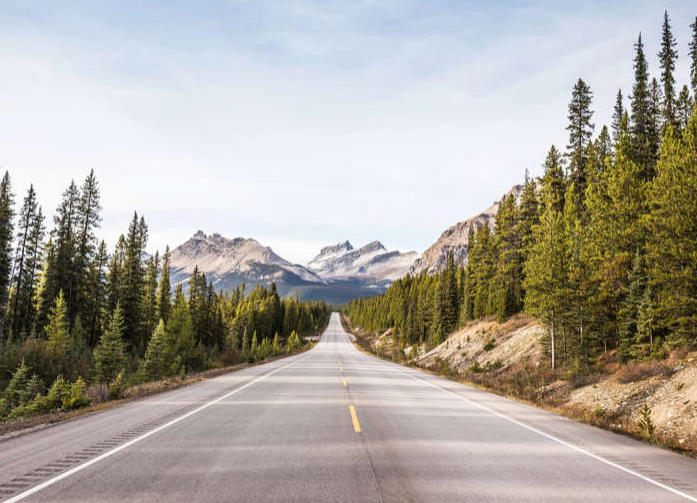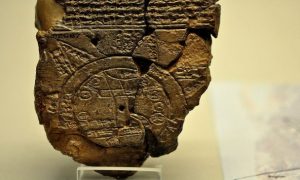Last June, my colleagues and I at the Mellon Foundation took a road trip into the gorgeous greenery of Virginia, starting in Washington, D.C., and headed towards the historically rich city of Richmond. We wanted to better understand how Americans learn the stories that make up our complex past, and that continue to shape our country. Seven of the 56 signatories of the Declaration of Independence once called Virginia home, as did eight presidents, including four of the first five. As we celebrate Juneteenth and the 4th of July this summer, I’m reflecting on what we learned on that trip.
Also Read– Biden says debt ceiling bill avoids catastrophic economic default
I’ve been to Virginia many times, and on past visits to places like Monticello, once home to President Thomas Jefferson, I’ve seen how that site is beginning to more fully engage the stories of the people he enslaved, including his own Black children. If you go to Montpelier, the plantation of President and Father of the U.S. Constitution James Madison, you will learn not only about him and his famous wife, but also about the enslaved Black people who lived there. One of them is Paul Jennings, who lived in the plantation’s South Yard, where slave dwellings have been reconstructed, and who worked directly for President Madison himself. Jennings ultimately learned to read, negotiated his manumission with Senator Daniel Webster after Dolley Madison sold him to pay a debt, became an abolition activist and supporter of the 1848 mass slave rebellion on the schooner Pearl, wrote a memoir, had five children—three of whom fought for the Union during the Civil War—and earned enough as a free Black man in Washington, D.C., to own a home and live comfortably in old age among his loved ones.
These are the kinds of juxtapositions inherent to Virginia’s history, and to our history as Americans writ large.
As we drove through the gentle hills of the Piedmont region, and along the peaceful James River in the summer heat, I considered the contrast of the state’s natural beauty with that complicated past. Virginia is where Black people in North America were first enslaved. The slave trade was once its biggest industry; it played a central role in capturing, selling, and dispersing both free and enslaved Black Americans to the Deep South. By the Civil War, one-third of Virginia’s roughly 1.5 million population were enslaved, more than any other state. Even farther back, 400 years ago, Virginia—named for an English queen—first came into being when colonists built Jamestown on the land of the 32 Algonquian tribes living in Tsenacomoco (the Tidewater region). Despite violent displacement and enslavement of the Algonquian, Iroquian, and Siouan-speaking Indigenous cultural groups throughout the state by white settlers, their descendants still live in Virginia today.

This difficult history became even clearer in Richmond, our ultimate destination. Iconic Monument Avenue stretches for five miles, reminiscent of the National Mall and lined in parts with distinguished homes and beautiful historic architecture. It is marked by circular flowerbeds and enclosures where Confederate monuments once stood, including the twelve-ton bronze and marble statue of Robert E. Lee, who led the defeated Southern troops, was stripped of his American citizenship as a traitor, and has been venerated to this day in public spaces too numerous to count. The Monument Avenue statues that were graffitied during the summer 2020 protests are now laid out meticulously in Richmond’s water treatment facility, the only municipal space large enough to hold them. That is where I saw them. They form a graveyard of Confederate monuments.
Also Read– The Longer They Wait to Indict Donald Trump, the Harder It Gets
While in Richmond, I met Devon Henry, whose general contracting company took down the Lee monument. During our conversation, I learned he was the same general contractor who built the Memorial to Enslaved Laborers at the Jefferson-designed University of Virginia during 2019 and 2020. It honors the 4,000 enslaved people who worked on the campus.
Henry and I talked next to the Shockoe Hill African Burying Ground, the biggest Black cemetery I have ever seen. It lies in the leafy neighborhood of Gilpin, but was divided from the historic Black community of Jackson Ward by construction of I-95. Henry had joined me because he will be working there with Richmond sisters Enjoli J. Moon and Sesha Joi Moon and their JXN Project, which is reconstructing a building—the Skipwith-Roper Cottage—to commemorate Jackson Ward Founding Father Abraham Peyton Skipwith. The original cottage, owned by the formerly enslaved Skipwith in the 18th century and left in his will to his descendants, was forcibly condemned in the 1950s and relocated to the Sabot Hill Plantation, which once belonged to Confederate Secretary of War James Seddon. It’s a reminder that we can’t assume the landscapes we see reflect undisturbed history, or that the structures we encounter convey true stories.
American monuments today are part of a collective effort of re-thinking, re-working, and re-imagining: we take some down, we build others up, and in the process, we tell the ever-evolving American story.
I asked Henry how long it took to remove the Lee monument. He told me he and his contractors studied it for more than a year, with resources ranging from archeologists’ analysis to drone footage. They received death threats; he knew they would have to move fast once the removal began. Ultimately, they lifted the massive statue off its granite pedestal in less than an hour. “From here on, I want to use my talents for this reparative work,” Henry told me, gesturing towards the site where the Skipwith-Roper cottage will stand.
Listening, I considered how even at the magnitude of Richmond’s Monument Avenue, the scale of the UVA campus, or the open space of this cemetery tended by generations of Black families, change cannot happen without the human hand. Through my work with the Mellon Foundation’s Monuments Project, I know American monuments today are part of a collective effort of re-thinking, re-working, and re-imagining: we take some down, we build others up, and in the process, we tell the ever-evolving American story. In this contractor, I met a Virginian who was doing it all.
Throughout the road trip, I meditated deeply on how we think about our dead, and how they inform our beliefs about who we are as a country. At Richmond’s African Burial Ground, I saw again why our choices about who we formally commemorate are important to understand. An unknown number of Black Americans lie on the site of Richmond’s former slave market, where more than 300,000 Black people were tortured, stolen, and sold. An installation will soon mark its history, but the African Burial Ground has always existed in the memory of Richmond’s Black community. Some of the Black Richmonders spoke familiarly, for example, of a man they call Gabriel. Gabriel Prosser was an enslaved blacksmith who in 1800 planned one of the most extensive slave revolts in American history. Betrayed by other enslaved Black people to white slave-owners, he was hung at Richmond’s city gallows, which also stood on the African Burial Ground. The site’s new installation will share Prosser’s story with a broader public, but his descendants and community have never forgotten it.
Also Read– Teenage birth rates in the US hit record lows in 2022: CDC report
Leaving Virginia, I thought back on the beautiful Shockoe Hill African Burying Ground, with its trees in fragrant flower. All throughout the cemetery families honor their loved ones, whose stories make up the dynamic history of this country. Its power lies not only in the people it holds and the descendants who remember them, but also in what it reveals to anyone who travels to Virginia.





































